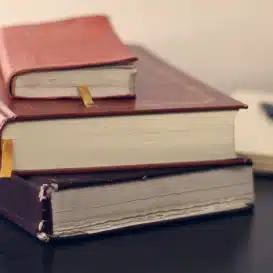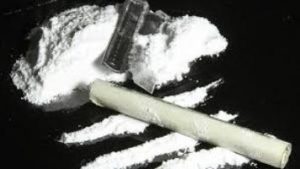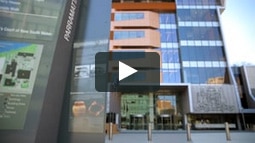Wealthy Eastern Suburb’s cocaine users to be targeted by police for Mobile Drug Testing
Since the NSW Government cracked down on drug driving by tripling the amount of mobile drug tests (MDTs) conducted to a whopping 97,000 tests starting this year (Transport for NSW media release, 2015), critics have argued that police have been unfairly targeting drug users from lower socio-economic backgrounds. That is because up until now MDTs have not been testing for cocaine use despite the fact that it is reported the Draeger 5000 device used by NSW Police is able to detect cocaine.
That has now all changed. NSW will now be the first state in Australia to include cocaine in its roadside drug testing by the end of this year, thanks to the closure of a loophole in the Road Transport Act. Police Minister Troy Grant, who it is reported has been pushing for cocaine to be included in the testing, wrote to Roads Minister Melinda Pavey last month asking for help to overhaul the Act.
According to the Bureau of Crime Statistics, affluent neighbourhoods like Sydney’s Woollahra, Waverley and Bondi are the state’s hot spots for cocaine use. So instead of our wealthy neighbours straining police resources by making them respond to coked up partiers, those in the Eastern Suburbs will now be subjected to testing for cocaine use during mobile drug testing.
Cocaine is “under-represented” in statistics about the causes of road trauma. However, according to James Robertson of the Sydney Morning Herald, spokesman for the NSW Police confirmed that 3.2 per cent of drug specimens collected at roadside tests and sent away for forensic testing returned a positive reading for cocaine. Statistics from the UK coroner also revealed that approximately five per cent of blood samples taken from drivers involved in traffic accidents tested positive for cocaine.
The state’s roadside drug testing policy has been criticised by advocates like NSW Greens MP David Shoebridge, who say that excluding cocaine from roadside drug tests is a “class war” that just targets those who are poor and marginalised due to the fact that the “most socio-economically advantaged 20 per cent of Australian society uses cocaine three times more than the bottom 20 per cent, according to 2013 federal government research.”
However as critics argue, adding more drugs to mobile drug testing is not what is needed to ensure safety on our roads. What we need Shoebridge argues, is for MDTs to test for impairment, not merely the presence of drugs. He also argues that we should focus testing on all drugs – legal and illegal – that impair drivers. Otherwise as Robertson says we are targeting poorer people when our government chooses not to test for substances preferred by wealthier sections of society.
The NSW police themselves acknowledge they do not test for impairment. For example, PC World reports that page four of the police Standard Operating Procedure document released by the NSW Police Force Information Access Unit reads: “The program does not infer impaired driving or driving a motor vehicle under the influence of a drug. This program detects the presence of an illicit drug in a subject’s oral fluid.”
In an attempt to stop evidence-free roadside drug testing, Shoebridge launched a Change.org petition earlier this year, which got almost 20,000 signatures, calling on police to abandon the roadside drug testing program, saying that it was “arbitrary, invasive, and [had] no relationship to the impairment of drivers on our roads.”







